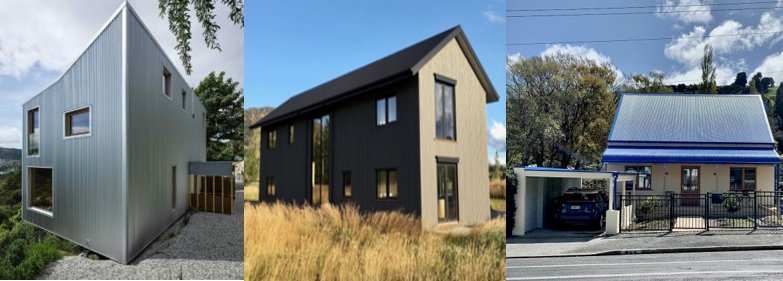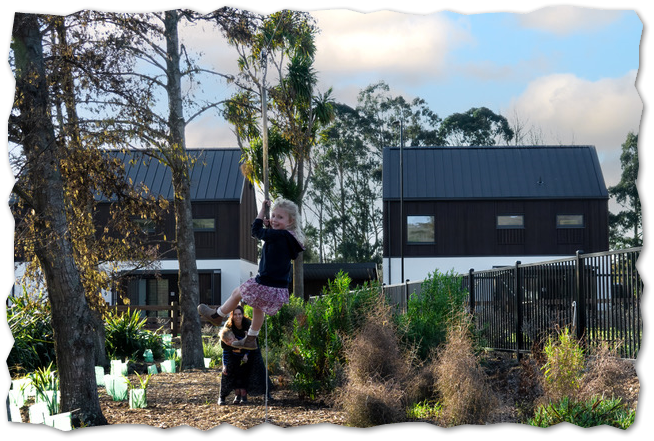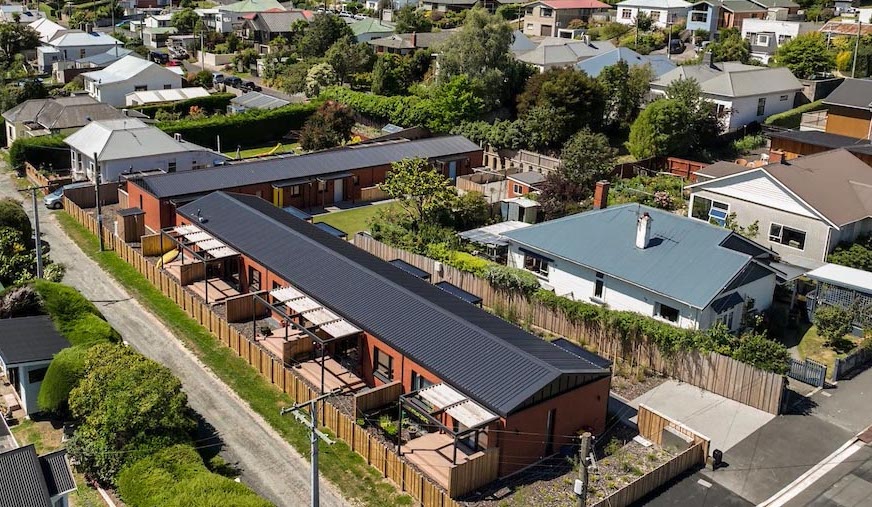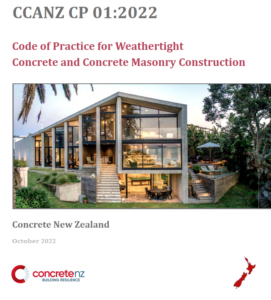Something I learned from my dad growing up was to do something right … so you only had to do it once. When you do a half-arsed job, you often have to do it over again. I was reminded of this when Jonathan Holmes (VIA Architects) recently pointed out a great technical paper from the UK. It dates back from …
Passive House in NZ: certification and rate of uptake rising

Sustainable Engineering is often asked how many PHI certified Passive House buildings there are in New Zealand. So a while back, we added a counter to our website here. We were recently asked about how the rate of uptake is changing. Like a good engineer, I answered the question with a graph: Interesting! I have provided lines for total projects …
Exceptional airtightness results achieved

We’re aware builders are competing to get the lowest air leakage results (well below the 0.6 ACHn50 Passive House requirement). It’s good fun: we have some great Passive House builders with considerable experience and commitment and they deserve the spotlight. So who has achieved the lowest blower door test results in New Zealand? There are currently three certified Passive House …
RIBA Passivhaus Overlay is essential reading

The Royal Institute of British Architects (RIBA) has produced an extremely well done resource that will be very helpful for New Zealand Passive House designers and architects too. The Passivhaus Overlay document offers guidance on how to implement Passive House design through each stage of works. Some excellent graphics have been created (below), illustrating how deeply integrating Passive House processes …
Owners loving Bushland Park’s first Passive House homes

Bushland Park set out to be New Zealand’s first Passive House subdivision and builders Ethos Homes boldly built the first two homes on spec. The build went smoothly but the two homes’ auction date coincided with a stalled housing market and a glut of ordinary but shiny homes coming up for sale in Christchurch. Since then, house prices have fallen …
Is natural plaster airtight?

UPDATE Aug 2023 This project’s final blower door test showed a significant improvement in airtightness, which qualifies the initial commentary made below at the time of the preliminary test. The final result is 0.32 ACH. The project team attribute the improvement largely to the completion of the second layer of plaster. A repair to a tiny air leak in one …
Momentum gathering on multi-occupancy Passive House projects

Architype in Dunedin has notched up another Passive House win, with successful certification of the country’s first social housing units. Our case study notes the challenges that were met with regard to budget and design time and how the designers drew on what they’d learned working on Toioroa High Street, Dunedin’s cohousing development and first multi-occupancy Passive House project in …
New concrete code of practice published

Concrete New Zealand has published a new document, CP01:2022 – Code of Practice for Weathertightness. It’s available to download from the Technical Documents section. Note that this 2022 update is an Alternative Solution (still!) while the details in the 2014 version are Acceptable Solutions according to the New Zealand Building Code. We’re ever so excited to see this published as …
Aus leads way on educational Passive House buildings

A private childcare centre operator in Canberra, Australia had the foresight more than five years ago to build facilities to Passive House standards. Her aim was to build the healthiest and most sustainable childcare centre in Australia. At time of certification Torrens Early Learning Centre was the only privately-owned Passive House educational facility in the world. Windows were carefully designed …